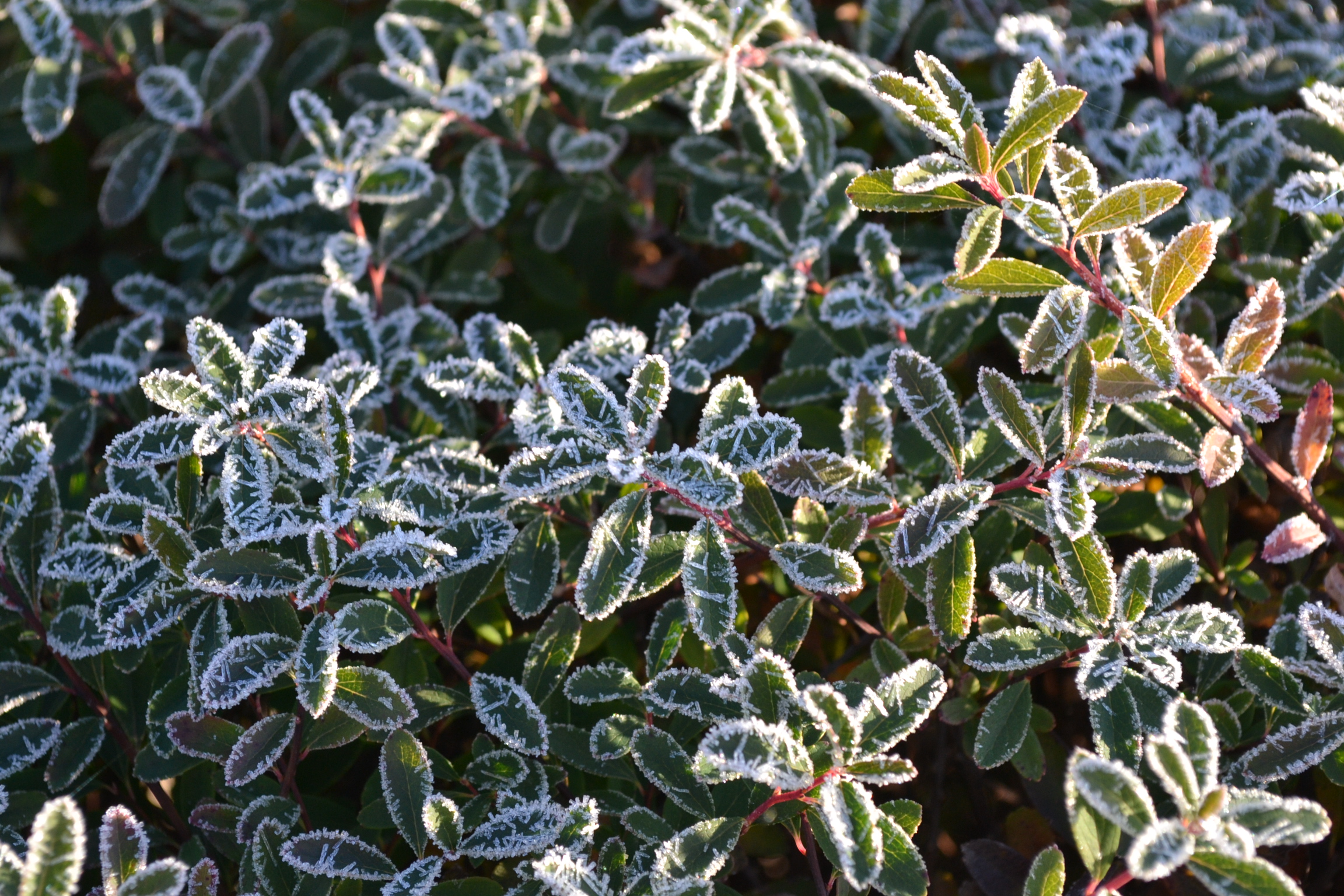Freezing frost is right around the corner. Cooler temperatures have set in and are falling by the day. What does freezing frost mean for your lawn and landscape? With the onset of the first freezing frost, annual flower growth will be done for the year. The frost will cause the plant to wilt and die. Perennial flowers will start to slow down and gradually succumb to the same fate. Depending on the variety of perennials that you have in your landscape, you may get a few more weeks out of them after the first frost. Aster is a fall flowering perennial that continues to do well through the first frost. Sedum will also maintain some of its color and resilience through the first freezing frost. Perennials such as grasses will slowly start to brown and die out as well. Ornamental grasses are one of the few perennials that actually can enhance your landscape during the winter. The brown to golden color of most grasses contrasts the brilliance of the white snow quite well. The seed stalks on the grasses also give the ornamental grasses some unique winter distinction.
Freezing frost on your lawn.
Freezing frost effects will be less noticeable on your turf grass. With the onset of cooler temperatures, you will probably notice a slowing in the growth of your grass. Most cool season grass varieties do best when they have day time temperatures in the 70’s and 80’s. Freezing frost will not effect the color of your grass. Cool season grasses will maintain their color all the way until the first heavy snow. Grass will stay green for a while even with the first snow cover, but it will eventually brown out as winter progresses.
It is important to stay off of your grass when freezing frost is present. If you step on frozen grass blades, you can damage the blade. This will cause some browning in the damaged areas and may even leave foot prints in your lawn.



